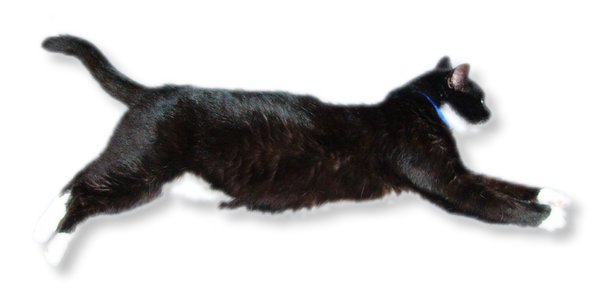Selecting the Right Cat Litter Box for Your Cat

Cat litter and litter boxes play a pivotal function in the lives of both felines and their owners. From the simple starts of sand and soil to the ingenious improvements of today, the world of cat litter has developed substantially. In this thorough guide, we look into every aspect of cat litter and litter boxes, exploring their history, types, benefits, challenges, and everything in between.
The history of cat litter dates back centuries, with ancient civilizations using sand, soil, and even ashes as primitive litter materials. However, it wasn't until the mid-20th century that modern cat litter as we understand it emerged. In 1947, Edward Lowe introduced the world's first commercial cat litter made from absorbent clay, transforming the way cats relieved themselves inside your home. Because then, cat litter has undergone numerous transformations, with the introduction of clumping litter, silica gel litter, biodegradable options, and more.
Today, feline owners are ruined for option when it concerns selecting the right litter for their feline companions. Traditional clay litter stays popular for its price and efficiency in taking in odors. Clumping litter, which forms strong clumps when wet, streamlines cleansing and maintenance. Silica gel litter, made up of extremely absorbent silica crystals, provides exceptional odor control and longevity. Eco-friendly alternatives, such as recycled paper, wood pellets, corn, and wheat, attract environmentally mindful customers.
Each type of cat litter offers special benefits. Clay litter stands out in its ability to absorb wetness and control odors, making it a reputable choice for many feline owners. Clumping litter simplifies daily scooping and extends the time in between complete litter changes. Silica gel litter supplies remarkable odor control and can last longer in between replacements. Naturally degradable litters use a sustainable alternative that decreases ecological impact.
While cat litter boosts indoor feline hygiene, it is not without its obstacles. Litter Box Liners Dust from clay litter can present respiratory threats for both cats and human beings, triggering the popularity of dust-free options. Some cats might develop litter box hostility due to problems with texture, scent, or cleanliness, demanding experimentation with various litters and box configurations. Multi-cat households might require tactical litter box placement and regular maintenance to avoid territorial conflicts and guarantee all cats have access to tidy facilities.
Choosing the appropriate litter box is important for promoting favorable litter box practices and total feline well-being. Aspects to consider consist of size, accessibility, and style preferences. Covered litter boxes offer personal privacy and assistance consist of odors, however some cats might discover them confining or frightening. Open-top litter boxes offer simple gain access to and exposure however may lead to more litter scatter. Automatic self-cleaning litter boxes improve maintenance however require regular tracking and upkeep.
Appropriate litter box cat litter box enclosure upkeep is crucial for guaranteeing a tidy and welcoming environment for both cats and their owners. Daily scooping gets rid of waste quickly, decreasing odor and dissuading litter box hostility. Regular litter replacement, normally every 1-2 weeks, prevents bacterial buildup and preserves optimum absorbency. Thorough EcoFriendly Litter Boxes cleansing with moderate cleaning agent and water, avoiding severe chemicals that might hinder cats from using package, need to be performed monthly.
Cat litter and litter boxes play a central role in fostering a healthy and harmonious relationship between felines and their human buddies. With a varied array of litter choices and litter box styles available, cat owners have the flexibility to customize their choices to suit their felines' choices and family needs. By understanding the advancement, types, advantages, and challenges of cat litter and litter boxes, animal owners can offer their feline pals with a comfy and sanitary indoor environment.